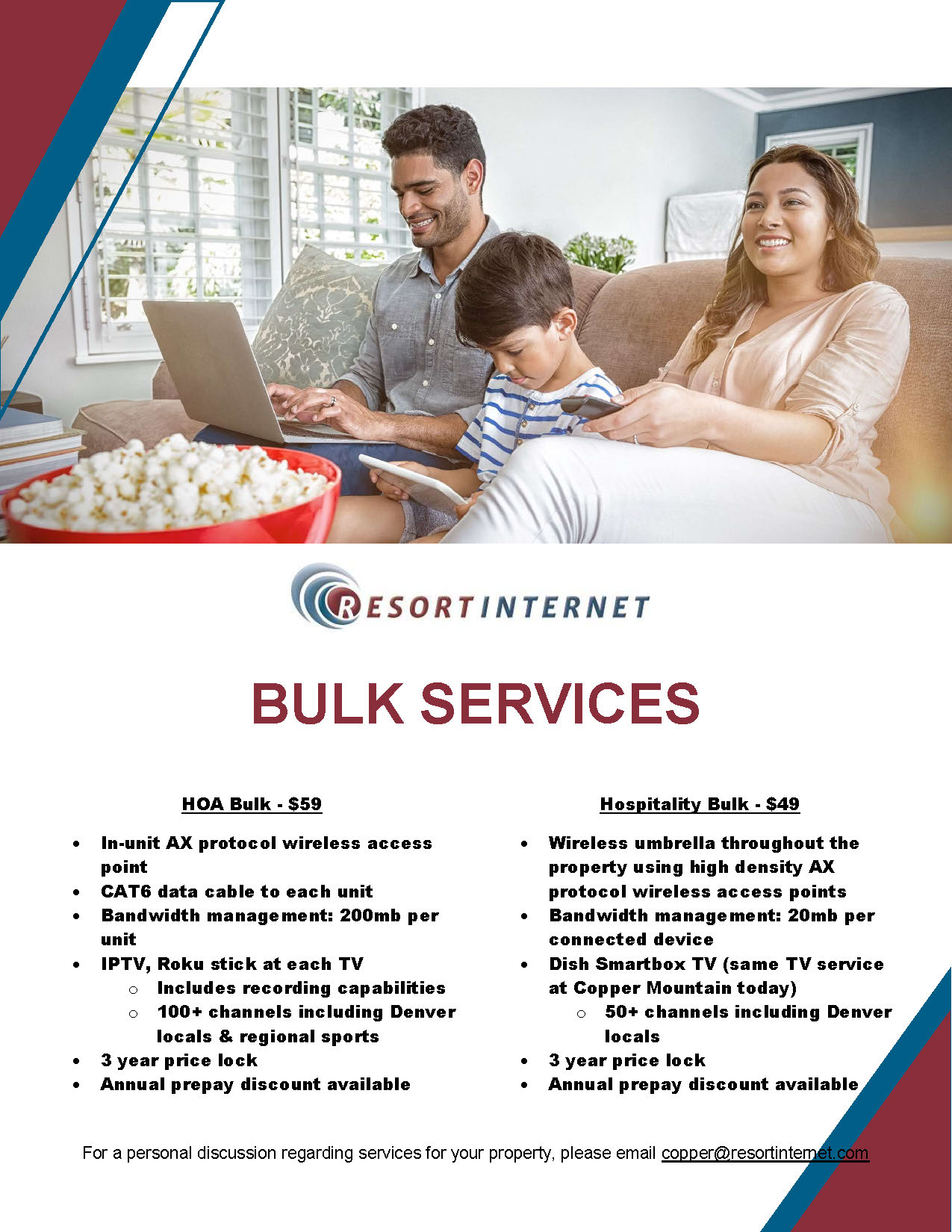Within the current environment, having a strong and reliable Wireless signal is crucial, especially in multi-dwelling settings like flats or condominiums. Many people rely on the internet for work, education, and leisure activities. Nonetheless, Wireless signals can have difficulty to extend to every corner of these buildings due to various obstacles. These obstacles can include walls, floors, and other electronic devices that interfere with the connection. To enhance Wi-Fi connectivity and performance in these settings, it is important to understand some foundational principles of Wi-Fi communication.
One efficient way to boost Wi-Fi operation is by intelligently positioning gateways and extenders throughout the building. A central location is usually best, as it allows the signal to travel evenly in all directions. In larger multi-dwelling residences, several repeaters may be required. These devices assist extend the reach of the wireless infrastructure and deliver stronger service to occupants in different sections of the structure. Additionally, deploying equipment that adhere to the current Wi-Fi protocols can result in higher speeds and better overall performance.

Another key aspect in improving Wi-Fi signal strength is reducing interference from other electronics. Most domestic appliances, such as microwaves and cordless phones, can interfere with wireless signals. It is recommended to position routers away from these devices to maintain a from this source clearer signal. Additionally, modifying the frequency settings on a device can assist in reduce conflict from adjacent networks. The majority of devices automatically choose the most suitable channel, but manually choosing a less crowded one can improve performance.
Periodically refreshing router software is also crucial for maintaining maximum Wi-Fi performance. Vendors click for info frequently issue updates that resolve issues and improve protection features. Keeping the software up-to-date guarantees that residents benefit from the most recent enhancements and protections against possible threats. Furthermore, tracking network usage assists in identify which endpoints consume more resources, allowing for better management of available capacity.
Finally, informing residents about best practices for utilizing Wi-Fi can greatly improve their experience. Basic steps such as pairing only necessary units, using wired links when possible, and routinely rebooting the device can improve reliability. By creating a culture that understands how to maximize their Wi-Fi efficiency, multi-unit residences can enhance resident satisfaction and guarantee that everyone experiences a reliable Wi-Fi connection. This combined approach of strategic deployment, minimizing conflict, maintaining hardware, and educating residents will lead to a more reliable and enjoyable wireless experience for all occupants.
Comments on “Improving Wi-Fi Connection and Performance in Multi-Unit Environments for Maximum User Satisfaction”